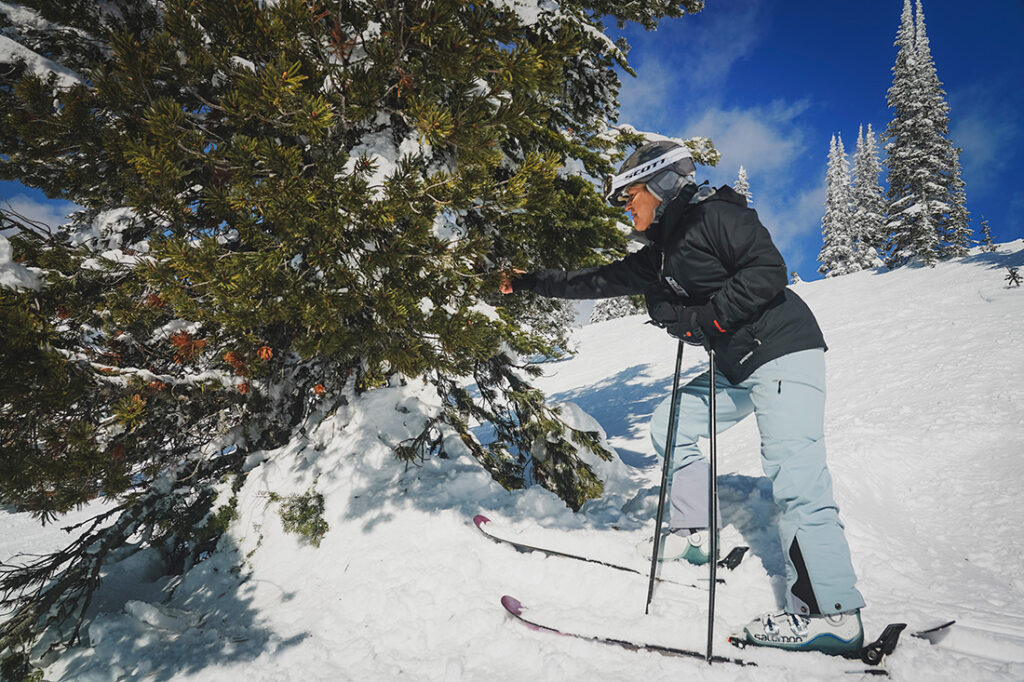Forests define the landscapes of the Northern Rockies, from the slopes of the Grand Tetons to the glacier-carved valleys of Glacier National Park. Altogether, Idaho, Montana and Wyoming boast a total of 55 million acres of forest. Despite this formidable expanse of forestland, these landscapes are falling prey to a variety of threats, from outbreaks of pests and disease to increasingly extreme wildfires and drought.
American Forests is leading multi-state initiatives in Idaho, Montana and Wyoming to conserve and restore these crucial forests. We partner with the United States Forest Service and other key federal agencies, tribes and nonprofit partners on reforestation projects in Custer-Gallatin National Forest, Flathead National Forest and other landscapes. Through our projects, we advance “shared stewardship” of forests that are owned and managed by multiple groups. Shared stewardship allows forest managers to jointly prioritize investments that can better address large-scale threats like catastrophic wildfires.
Video Credit: Morgan Heim / American Forests
American Forests’ work currently concentrates on high-elevation forests, where whitebark pines and other five-needle pines are rapidly disappearing due to blister rust fungus and climate change. American Forests supports efforts to screen, grow and collect seedlings that naturally resist this fungus. So far, we’ve planted 900,000 of these disease-resistant seedlings, nearly half of the total amount ever planted in the U.S. and Canada.
Forests in the Northern Rockies are vital for local economies and the environment. In Montana, the outdoor recreation industry generates $7.1 billion in consumer spending each year, while in Idaho, forest products like lumber and pulp support roughly 11,000 jobs. In addition to the economic benefits they provide, these forests are also crucial for water — most of the water supply in this region originates in mountain forests. They are also crucial as habitat for wildlife such as Canada lynx, wolves and grizzly bears.



